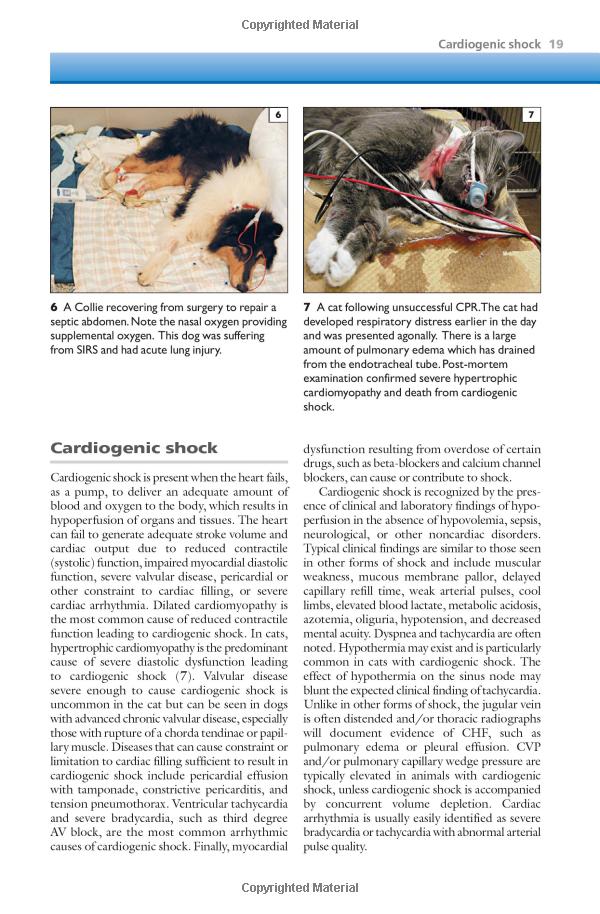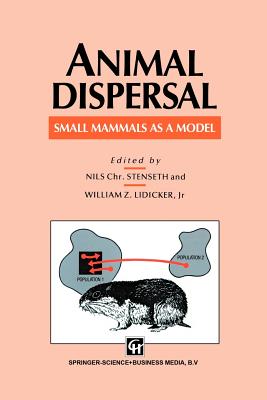PET Emission Tomography: A Comprehensive Guide for Small Animal Research
15
0
Guide or Summary:PET Emission Tomography (PET) is a revolutionary imaging technique that has significantly advanced our understanding of biological processe……

Guide or Summary:

- PET Emission Tomography (PET) is a revolutionary imaging technique that has significantly advanced our understanding of biological processes in small animal models. This technology provides a non-invasive, quantitative assessment of physiological and biochemical functions, making it an invaluable tool for researchers in various fields such as oncology, neurology, and pharmacology.
- Emission Tomography In the context of PET, emission tomography refers to the process of capturing the radiation emitted by a radiopharmaceutical compound that has been introduced into the small animal. This compound is specifically designed to target and bind to specific receptors or metabolic pathways within the body, allowing researchers to visualize and quantify the activity of these processes.
- PET Emission Tomography The combination of PET and emission tomography in small animal research offers a powerful platform for studying disease mechanisms, drug efficacy, and therapeutic interventions. By using PET, researchers can track the distribution and activity of radiolabeled compounds in real-time, providing detailed insights into the biological processes occurring at the cellular and molecular levels.
- Comprehensive Guide This comprehensive guide to PET emission tomography in small animal research aims to provide a detailed overview of the principles, techniques, and applications of this advanced imaging modality. From the fundamental concepts of PET imaging to the practical considerations of animal handling and data analysis, this guide is designed to equip researchers with the knowledge and skills necessary to effectively utilize PET emission tomography in their studies.
- Small Animal Research Small animal models, such as mice and rats, are widely used in biomedical research due to their genetic similarity to humans and their relatively short life spans. PET emission tomography has emerged as a particularly powerful tool for studying these models, allowing researchers to gain insights into disease mechanisms, drug effects, and therapeutic responses with unprecedented precision and sensitivity.
- Advantages of PET Emission Tomography One of the primary advantages of PET emission tomography in small animal research is its ability to provide quantitative data on biochemical and physiological processes. Unlike traditional imaging techniques, PET allows researchers to measure the concentration of radiolabeled compounds in specific tissues or organs, providing a more accurate assessment of the activity of these processes.
- Applications in Oncology In oncology, PET emission tomography is used to study the metabolic activity of tumors. By using radiopharmaceuticals that are selectively taken up by cancer cells, researchers can visualize the location, size, and activity of tumors in real-time. This information is crucial for developing new diagnostic and therapeutic strategies for cancer.
- Applications in Neurology In neurology, PET emission tomography is used to study brain function and metabolism. By using radiopharmaceuticals that are selectively taken up by neurons or glial cells, researchers can visualize the activity of specific brain regions or pathways. This information is invaluable for understanding the mechanisms of neurological disorders and developing new treatments.
- Applications in Pharmacology In pharmacology, PET emission tomography is used to study the pharmacokinetics and pharmacodynamics of drugs. By using radiopharmaceuticals that are labeled with the drug of interest, researchers can track the distribution and activity of the drug in real-time. This information is crucial for developing new drugs and optimizing existing ones.
- Conclusion PET emission tomography is a powerful imaging technique that has revolutionized small animal research. By providing quantitative data on biochemical and physiological processes, PET allows researchers to gain insights into disease mechanisms, drug effects, and therapeutic responses with unprecedented precision and sensitivity. Whether in oncology, neurology, or pharmacology, PET emission tomography is an invaluable tool for advancing our understanding of biological processes and developing new treatments for a wide range of diseases.